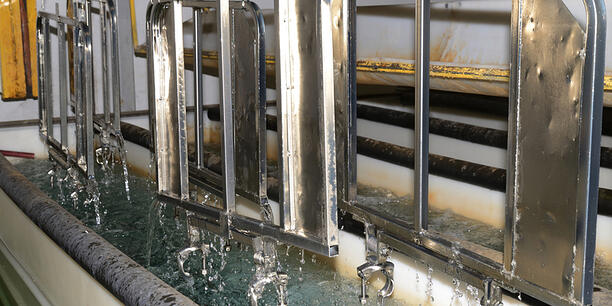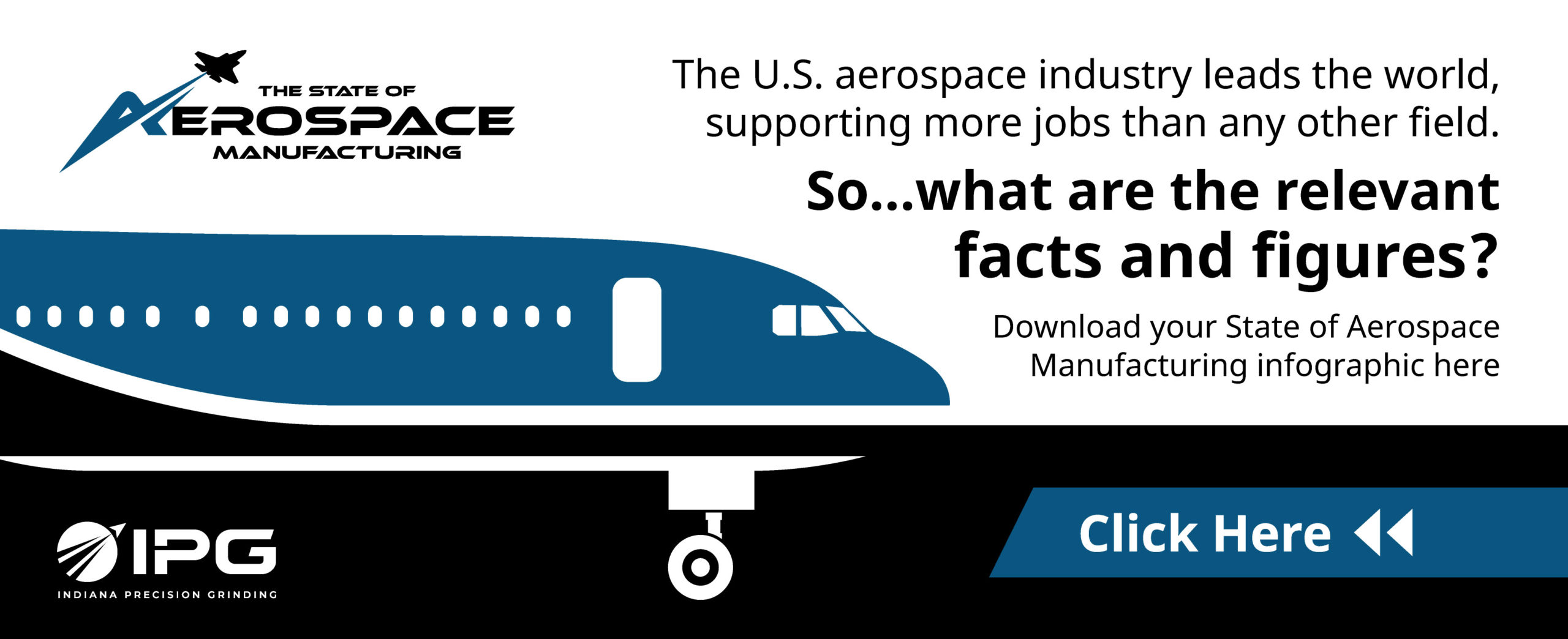The aerospace industry is dominated by different materials, each with a unique set of properties and characteristics. These materials need to be strong and durable even under the extreme conditions of air- and spaceflight. They also need to be lightweight to optimize the efficiency of the aircraft. Seeing as there are so many materials available for use, coating them is important for many reasons.
Click Here for our Ten Facts About Centerless Grinding Infographic
Enter electroplating. This is the process of using electricity to coat a common metal such as copper with a more expensive metal. This process can add different qualities to metals such as increased rust resistance and add conductivity to materials such as plastics, and to produce a variety of alloys. Let’s take a closer look into how electroplating works and how it can improve the quality of aerospace materials.
The electroplating process uses an electric current to dissolve metal and deposit it onto a different surface. The process is primarily done using four components:
- Anode: the anode is a positively charged electrode; in the circuit, the metal will form the plating.
- Cathode: the cathode in the electroplating circuit is the part that needs to be plated—this is also called the substrate.
- Solution: the electrodepositing reaction takes place in an electrolytic solution. The solution contains one or more metal salts (usually including copper sulfate), to facilitate the flow of electricity.
- Power source: the current is added to the circuit to use a power source. This power source applies a current to the anode, introducing electricity into the system.

Electroplating requires submerging the workpiece (or cathode) into a solution to move
dissolved metals (anode) to a different surface.
Once the anode and cathode are placed in the solution and connected, the power supply provides a direct current to the anode. This causes the metal to oxidize, which allows metal atoms to dissolve in the solution as positive ions. Then, the current causes the metal ions to move over to the negatively charged substrate and deposit onto the piece in a thin layer of metal.
While the process is constant, there are three factors which can affect the quality of the plating:
- Bath conditions: both the temperature and the chemical composition of the bath impact how effective the electroplating process will be.
- Part placement: the distance the dissolved metal needs to travel will affect how effectively the substrate is plated, so the placement of the anode relative to the cathode is important.
- Electrical current: both the voltage level and the application time of the electrical current play a role in the efficacy of the electroplating process.
Electroplating finds its application in many industries, but for us in aerospace manufacturing, we frequently use titanium because it boasts a high strength-to-weight ratio. Nickel plating is commonly used to protect against corrosion and wear, while copper is used to improve heat resistance. We may also use black electroless nickel plating to better absorb light and energy.


